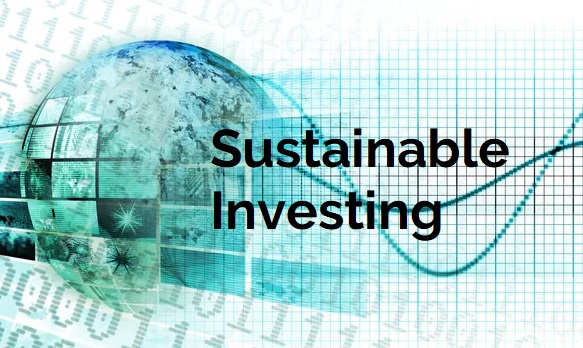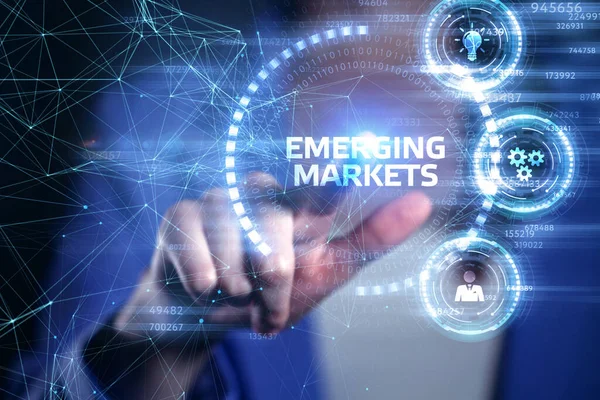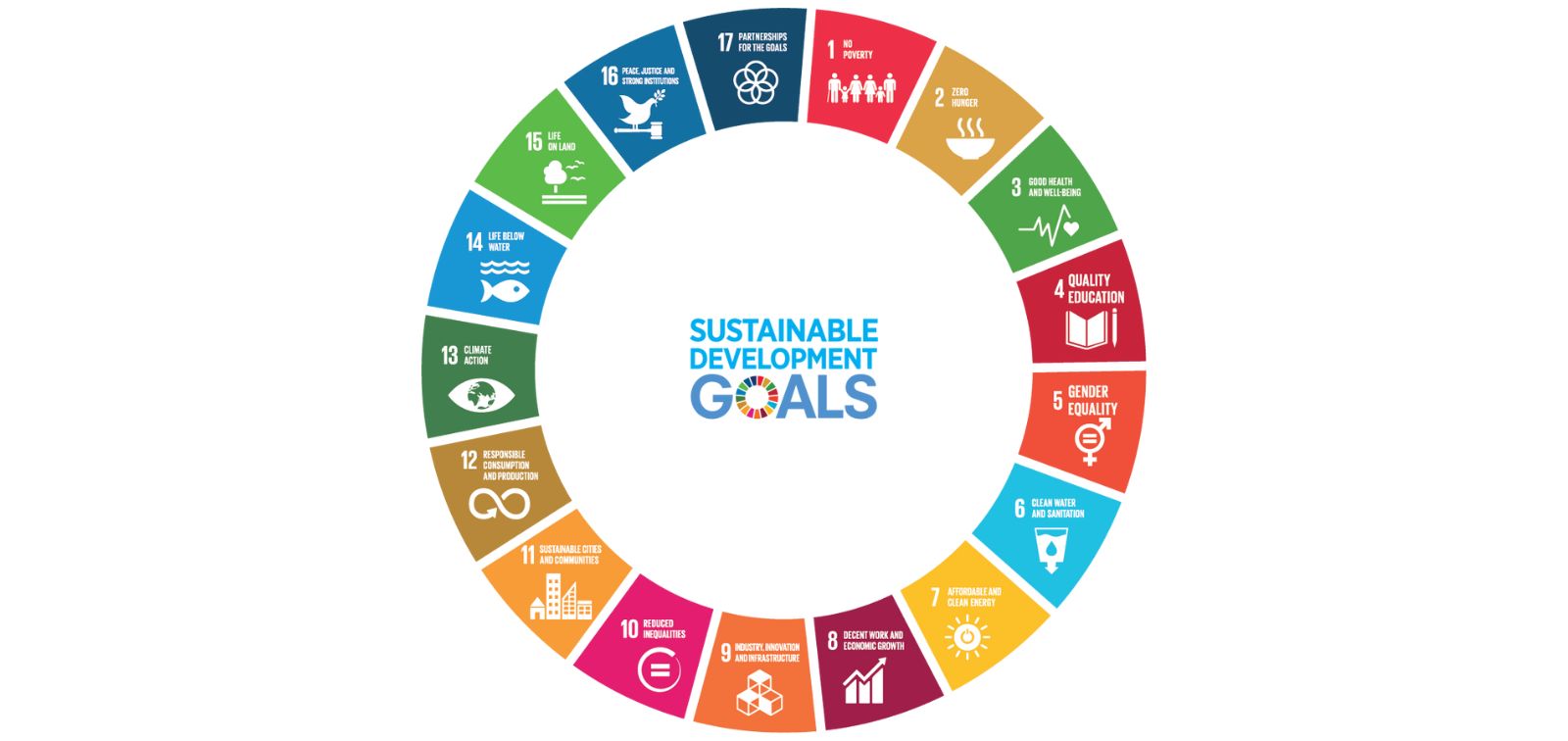A significant issue with sustainable development and impact investing is there is no definitive way to measure impact investments. Financial advisors have numerous tools for estimating the financials of a given company. Most lack a clear set of standards when calculating returns of impact and sustainable investments. When measuring impact and gauging outcomes, it is often left to guesswork.
“If a certain level of rigor in impact measurement is not established across the industry, the label “impact investing” may risk becoming diluted and used merely as a marketing tool for commercial investors.” ~ Measuring the “Impact” in Impact Investing
Impact Investments Defined
According to Calculating the Value of Impact Investing in Harvard Business Review, impact investing is defined as “directing capital to ventures that are expected to yield social and environmental benefits, as well as profits.” Sustainable and impact investing “provides investors with a way to do well, by doing good.”
For impact investors and fund managers like 1839 Ventures® who focus on implementing sustainable investment strategies, impact investing can be summarized as follows. The act of sourcing and executing venture investments in promising companies to not only generate positive financial returns but measurable and beneficial social impact. Venture capital investments still seek long-term capital appreciation even when implementing an impact focus. All the while promoting sustainable growth or specific levels of impact investments.
Measuring Impact Investments
Most active impact investors agree that measuring the social effects of an investment is vitally important. Without this, investors cannot judge the overall impact of the investment. Data should be collected and measured at each step of an investment cycle. The data collection should start before a term sheet has been issued and especially before an investment is finalized.
At each step in the investment lifecycle, there needs to be a clear set of metrics that have defined quantifiably measurable data points attributed to the particular investment. These measurements not only help management teams and organizations establish goals but help them make better decisions. They will also assist investors in gauging the level of impact of a particular investment upon an eventual exit.
Foundation
For impact investors, a good place to find a foundation for creating impact standards is to familiarize themselves with the framework set up five years ago through the UN 2030 Sustainable Development Goals (UN 2030 SDGs). These goals or this agenda can guide them to categories of interest that can help solve the most challenging problems. The seventeen goals act as a blueprint and address issues such as eliminating poverty and hunger, promoting equality of women and quality education, and preventing environmental degradation and climate change.
In 2016, Ivy So & Alina Staskevicius Capanyola in Stanford Social Innovation Review reiterated their proposal of using impact measurements during four primary parts of an investment cycle. Their four-step process is probably intended as more of a high-level summary. When set into practice, the list should be expanded and modified to highlight the six stages of venture investing. These critical components of measuring impact investments are sourcing, estimating impact, impact alignment, monitoring, evaluating, and investor reporting.
Sourcing
From the beginning, investors should clearly define an investment thesis or themed approach that outlines their impact investing focus. Investors who abide by a well-defined investment thesis can implement messaging that attracts the correct deal flow.
With a sound thesis and theme, investors can review potential investments and decide quickly if it is a fit or not. Investment advisors and funds should also publish an Environmental, Social, and Governance Policy Statement or ESG Policy Statement or other materials regarding their focus on impact and sustainability. These statements or policies can help further communicate the goals to investors and help measure the impact of their investments.
Estimating Impact
Once an investor has their investment thesis and theme, it becomes much easier for them to conduct pre-investment due diligence. Due diligence should not only look at the standard items such as team makeup, market traction, financials, and growth potential. But for impact investors, we need to have a stable set of guidelines that can assess the potential social impact of an investment.
At 1839 Ventures, we have designed and implemented an SDG Impact Scorecard™ when evaluating potential investments. This method uses the complete set of UN 2030 SDGs. Each Sustainable Development Goal is given a value of one or a weighted value to focus on one goal over another. For each of the goals a potential investment company affects, our team assigns and calculates a total impact value. The more of these goals an investment addresses, the higher the score.
For example, an EdTech company we have sourced provides online courses to men and women in K-12, the University level, and corporate certifications. After completion, it has a division to assist students in finding work.
In this example, our EdTech company provides online education classes and testing, which is Goal 4 of promoting Quality Education. Since the company offers classes to both genders, it satisfies Goal 10, Reduced Inequalities. Through its job placement division, working with recruiters and placement firms, our potential investment also promotes Goal 1 of No Poverty, Goal 8 of Decent Work and Economic Growth, and Goal 9 of Industry, Innovation, and Infrastructure. These goals add up to giving our EdTech company an SDG impact score value of five on an equally weighted scale, meaning that it works to satisfy five of the UN 2030 SDGs.
Impact Alignment
For an investor, it is simply not enough to identify the potential impacts of an investment and perform due diligence on a company with a potentially high SDG impact score. Investors and the management team should discuss the need for social impact alignment.
A crucial step to ensure sustainability is the involvement and participation of all the stakeholders in developing a program. Because if any of the stakeholders do not align their efforts with the impact interests of the investor, then the entire process and goal of impact investing break down.
All stakeholders, including the management team and investors, should commit to quantifiably measurable goals. The goals are essential for measuring impact investments. Motivation for obtaining these goals can often be tied to executive compensation, add-on investments, or other incentives for the company.
Monitoring
Once the goals are set and agreed upon, the investor should define the metrics and data collection methods used to monitor the effectiveness of a program. These methods are set up before the program has started and continued over the entire lifespan. These methods can focus on monitoring, measuring, and analyzing the overall impact of an investment.
In our EdTech example above, some of the quantifiable metrics we can use to measure our impact would be the number of students who graduate or obtain a professional certification. Investors could also look at the number of jobs received after completion. There may also be an opportunity to monitor how many startup companies were formed as a direct result of training. Longer-term, there would be opportunities to gather income data from graduates.
Evaluation
Upon a successful exit or conclusion of the investment, evaluation gauges its overall impact and financial performance. There are many methods for measuring impact investments. These include the Social Return on Investment (SROI) formula and the Benefit-Cost Ratio (BCR). No matter what is used to measure, each data point needs to be assigned a quantifiable metric or dollar amount. Once an exit occurs, each data point can be measured for the overall impact.
The final step in the process would be to measure the social consequences of an investment. Investors should assess the social ramifications that are both tangible and intangible. Measure the effects upon people and the community ensuing from a particular action, decision, or investment.
Investor Relations
Here at 1839 Ventures®, transparency is one of our four Key Principles. Through our investor relations platform, we provide our investors with insight into how our investments perform over time. This platform includes sections devoted solely to the categories of impact and sustainability.
While impact investing opportunities exist worldwide, emerging markets provide the most opportunity for creating extremely large or world-changing opportunities. Our investment team agreed with Temidayo Odusolu of MOFO Impact when he said, “Emerging markets remain ripe for impact investing. It is an increasingly important way to support small and growing businesses in emerging markets, stimulating long-term economic growth, creating jobs, and spurring social impact.”
Implementation
To recap, those interested in implementing an impact investment strategy should familiarize themselves with the UN 2030 Agenda. The seventeen goals act as a foundation for those interested in promoting sustainability and the ethical impact of their investments.
Applying the SDG Impact Score, investors can clearly define measurable data points and assign quantifiable figures for demonstrating results. The SDG Impact Score is incorporated at all stages of the investment cycle to measure impact investments. After the investment cycle, the data points should be monetized to measure their economic impacts. Measuring impact investments is critical for investors first monitor and then gauge the social and environmental returns.





